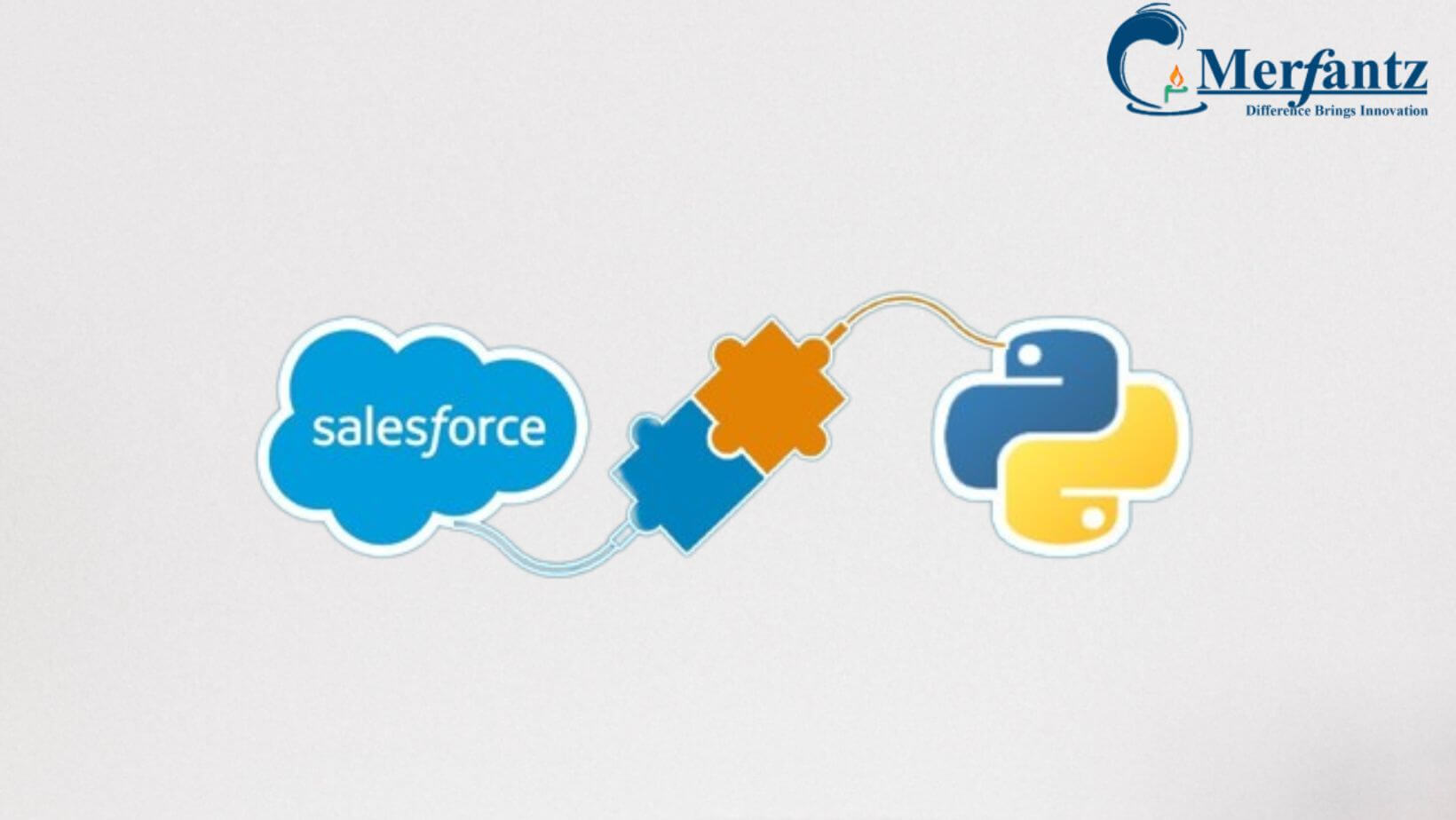Finally, Python is Here in #Salesforce
For years, Salesforce developers have been using Apex, a proprietary programming language, to build custom applications and automate business processes within the Salesforce platform. Apex is a powerful and highly optimized language for the Salesforce platform. However, it can present a challenge for developers who are more familiar with other programming languages like Java or Python. However, that is about to change with the introduction of Python support in Salesforce.

In this blog, we will explore three topics. Firstly, how using Python in Salesforce benefits you and enhances your Salesforce development experience through some real-world use cases. Secondly, we will discuss how you can get started with Python in Salesforce.
The Benefits of Using Python in Salesforce
Python is currently one of the most widely-used programming languages worldwide. It has a vast ecosystem of libraries and tools that support everything from web development to data analysis. By bringing Python into the Salesforce platform, developers can leverage this vast ecosystem to build more powerful and efficient applications.
Some of the key benefits of using Python in Salesforce include:
Familiarity: Since many developers already know Python, it is easier for them to start with Salesforce development.
Efficiency: Python is a highly efficient language, allowing developers to write code that executes faster and uses fewer system resources.
Flexibility: Python is a versatile language that can be used for a wide range of tasks, from web development to machine learning.
Integration: Python has built-in support for many popular APIs and data formats, making it easy to integrate with other systems and services.
Libraries: Python has a vast ecosystem of libraries and tools, making it easy to find solutions to common problems and speed up development.
Getting Started with Python in Salesforce
Install the Python library: Salesforce provides a Python library that you can use to interact with the Salesforce platform. You can install this library using pip, the Python package manager.
Set up a Salesforce org: You’ll need a Salesforce org to start developing with Python. You can sign up for a free developer org on the Salesforce website.
Configure your org: Once you have a Salesforce org, you’ll need to configure it to work with Python. You can do this by creating a connected app in Salesforce and configuring the OAuth settings.
Write some code: Once your org is set up and configured, you can start writing Python code to interact with the Salesforce platform. You can use the Salesforce Python library to perform operations like querying data, creating records, and updating records.
The Steps to configure Python for Salesforce Functions are here( Click Here )
The Code Used for this example is available on this Github( Click Here ) Please watch the Demo of this Implementation.
Real-World Use Cases for Python in Salesforce
Now that you have the knowledge of getting started with Python in Salesforce, let’s examine some real-world use cases where Python can improve your Salesforce development experience.
Data Analysis: Python is an excellent language for data analysis, with powerful libraries like Pandas and NumPy that make it easy to analyze large datasets. By using Python in Salesforce, you can analyze data within the platform and generate reports and insights that can help drive business decisions.
Machine Learning: Machine learning is an area of AI that involves training algorithms to make predictions or take actions based on data. Python is one of the most popular languages for machine learning, with libraries like TensorFlow and Scikit-learn that make it easy to build and train machine learning models. By using Python in Salesforce, you can build machine learning models that can help automate business processes or make predictions based on Salesforce data.
Integrations: Python has built-in support for many popular APIs and data formats Making it easy to integrate with other systems and services. By using Python in Salesforce, you can build integrations with other systems like marketing automation platforms, customer service tools, and more.
Custom Applications: With Python, you can build custom applications within the Salesforce platform. You can use these applications to automate business processes, enhance user experiences, and more. Python’s versatility makes it well-suited for building custom applications that can handle a wide range of tasks.
Conclusion:
Python’s integration with Salesforce has opened up a world of possibilities for developers. With its versatility, efficiency, and vast ecosystem. Python offers developers new ways to build custom applications, automate business processes, and integrate with other systems and services. Additionally, Python’s popularity among developers makes starting with Salesforce development easier for them.
By bringing Python into the Salesforce platform, developers now have a powerful new tool at their disposal. They can leverage Python’s capabilities to build custom applications, automate repetitive tasks, and enhance the user experience within the platform. As a result, developers can achieve greater efficiency and productivity, ultimately leading to better business outcomes.
So, if you’re a Salesforce developer, it’s worth considering adding to your skillset. With its many benefits and broad range of use cases. Python can help you take your development game to the next level within the Salesforce platform. The future of Salesforce development looks brighter than ever, thanks to the addition of Python support.

